A History of the Steelville Presbyterian Church Annual Groundhog Supper
As Written and Told by Maurice R. Cape
Note: Mr. Cape wrote this story for inclusion in the 1997 Groundhog Supper program.
Some sixty-eight years ago, Uncle Sam Roper, Pastor of the Steelville Presbyterian Church, was teaching a Sunday School class of high school boys. I was a member of that class.
Apparently, we did not have an adequate classroom and Uncle Sam came up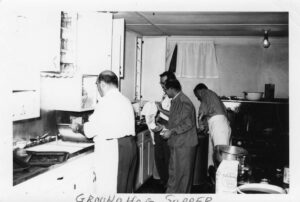 with the idea of making one under the church, there being no basement at that time. Permission was granted by the Session and members of the class were asked to do the digging. I am unable to remember all the boys who worked on the classroom project. I believe some of the fellows were Stanley Scott, David Bass, Davis Clymer, Tom and Eddie May, Harry Rhineberger, Fritz Peetz, J. T. Wilson, Vernon Palmer, William, Harry and Chub Cook, Bill Volenetz, and your truly “myself”.
with the idea of making one under the church, there being no basement at that time. Permission was granted by the Session and members of the class were asked to do the digging. I am unable to remember all the boys who worked on the classroom project. I believe some of the fellows were Stanley Scott, David Bass, Davis Clymer, Tom and Eddie May, Harry Rhineberger, Fritz Peetz, J. T. Wilson, Vernon Palmer, William, Harry and Chub Cook, Bill Volenetz, and your truly “myself”.
We removed a few of the large stones from the east foundation — just north of the southeast corner. We dug with picks and shovels and wheeled the soil out to the lower edge of the lot in a wheel barrow.
We met each evening about 6:00 p.m. and dug until about 9:30 p.m. We had not worked more than a week or so when a couple of the ladies of the church came to the project about quitting time with sandwiches and hot chocolate. I think I have never tasted better hot chocolate.
This job started early in the fall and continued well into the winter with lunches each evening. Some of the ladies furnishing the lunches were Mrs. Wm. Arnett, Edna Mae Mullen’s mother, Mrs. Tom Bass, Mrs. Harry Clyner, Mrs. Ida Gibbs, Mrs. Raymond Scott, Stanley’s mother, Mrs. Rufus Beezley, Maysee Copsey’s mother, Mrs. Letha May, Mrs. Steve May, Adrian’s mother, and Mrs. Jesse Cape, my mother. Without those lunches there might not have been a Ground Hog Sunday School meeting room or a Ground Hog Supper tonight. We had completed a hole about 12′ X 12′ or 12′ X 15′ and high enough for Uncle Sam to stand up straight when the Session got the idea it would be good to make a basement under the entire church and install a furnace.
The Church Session did not ask the Ground Hogs to dig this hole for them. They employed Mr. Henry Cook and sons, Red, William, Harry and Chub (father and brothers of the late Hazel Lichius), to complete the excavation for the basement. This was accomplished with picks and shovels, plus a team of mules, plow and slip scraper. I well recall seeing the mules and wagon backed under the church where the Cook boys were loading the wagon and hauling the soil out. (At the time, the Crawford Mirror reported that “Work on the Presbyterian Church basement is progressing nicely under the contract of Henry Cook and sons.”)
Well, when the basement was finally completed, Uncle Sam announced we should have a supper honoring the ground hogs who started the project. It was decided this should be a “Stag Party” (no ladies allowed). The men would cook and serve the meal. I believe the first cooks were Uncle Sam and Short Ives (father of the late Les Ives). The menu: Ground hog, oyster stew and bean soup with crackers. I wish I could recall the program of that first Ground Hog social, but it escapes my memory now. Of course, it was held on Ground Hog Day.
That must have been a pretty good party as it has been an annual event ever since. I think this first supper was about 1929 and continued through 1930, ’31, ’32, and ’33, when both banks closed. Suddenly everyone was broke. Things looked very bleak for a Ground Hog Social.
Uncle Sam said to his Ground Hogs, “Fellows, we can’t let this thing die. We can have a party. We will just cheapen the menu. How about cornbread, bean soup, seasoned heavily with hog jaws, no oysters?” We could buy Navy Beans for 5 cents per pound and salt jowl for 7 cents. This would sure beat no social. We still included Ground Hog. So we had depression supper for a couple of years before we could again include oysters on the menu.
Now, when it was decided to put the basement under the entire church, the trustees borrowed money from the Crawford County Farmers Bank to complete the construction. During the course of liquidating the assets of the Farmers Bank, it was found a small balance of this Presbyterian Church note was unpaid.
A committee was appointed to sand bag the church membership to raise money to finish paying the note. I served on this committee. Our church folks came through! Most of the contributions were $1.00, $5.00, and $10.00, with an occational $20.00. I am not sure, but it seems to me the balance of that note was $185.00 or $285.00. Nevertheless, we raised the money and are still having Ground Hog Socials.
There have been some wonderful programs presented at these socials. I wish we would have kept a file for review at such times as this.
A mock trial was held at one of these socials. I am sure there are some here tonight who attended that social. The late Mr. G. C. Beckham was a young, ambitious, very aggressive lawyer, representing one side of the case, and Mr. William T. Harrison, another attorney here at that time, had the other side. This was a very humorous program and I am sure will not be forgotten by those who attended the Ground Hog Social that year.
Now for a little story on myself. It is often said a joke on yourself is no good unless you share it. I sure never shared this one for a long time, but have told it a few times in the last few years. At this particular Ground Hog Supper, it fell on the lot of our Sunday School class to serve the soup to the older fellows, just as these young fellows are doing tonight. A couple of the men, Charley May for one, were filling the soup bowls and we boys were waiting the tables. They gave me a tray with four bowls of soup to deliver to the head table. I was getting along just fine all the way from the kitchen to the table without spilling a thing. When I reached the table, I removed one bowl to place it on the table, forgetting to hold the tray level. Here came another bowl sliding down the tray. When it hit the edge, it shot soup all over the back of the speaker of the evening. I don’t remember the program. I do remember the speaker of the evening, not his name, just the speaker. I could have run and gotten out without being caught had it not been for Bill White, who later became my brother-in-law. When I looked up, I saw him a short distance away, doubled up with laughter. So I jerked out my handkerchief, and mopped off the speaker’s coat the best I could before it got too hot on his back — probably my most embarrassing moment.
To continue this story just a little further, several years later, on a snowy, stormy Sunday afternoon, Uncle Sam called my home (I was married then and had two children) and asked if I could drive him to Rolla to pick up a Missionary who was to put on a program at the church.
I drove Uncle Sam to Rolla and we met this fellow at the home of Rev. Scott Porter. These preachers were visiting with each other and all the time I was wishing Uncle Sam had asked Booge or Hop to drive him to Rolla, when this fellow we had come to pick up says, “Sam, you used to have an annual affair called a Wood Chuck Supper or something of the sort.” Uncle Sam proudly said, “Sure, that’s our Ground Hog Social — we still have it.” “Well,” he says, “You know, I attended one of those and some dumb, gawky kid spilled soup all over me.”
Another humorous incident at one of these suppers — a younger group of boys had grown up and were waiting tables. Some of these lads were Adrain May, Harrison Jamison, and my brother, Wilbur. Good old Charley May was still filling soup bowls. Let us pause here just a minute to pay tribute to Charley May. He was a doer and not a talker. He was a good carpenter and handy man. He watched the church and the church furniture. If repairs were needed, he took care of it and said nothing to anyone. Whether it was a little chair from the nursery or a church pew — Charley fixed it.
Getting back to the Ground Hog Social, one of our townsmen was late getting to the supper on this night. In fact, supper was finished and the program had started when he came it. He had taken on a little too much “home-brew” before coming to the social. One of these kids said, “Charley, let us get Fred’s soup, you go ahead and enjoy the program.” The boys filled Fred’s bowl with dishwater. After the social he was asked if he enjoyed it. “Oh, yes, but I thought your soup was a little thin this year.”
We have been having Ground Hog Socials since, I believe, 1929 and have never missed a year. Some of the fellows never missed a meeting. Tick Perkins, I think had a perfect record. And what about Joe Cushing? I have missed three.
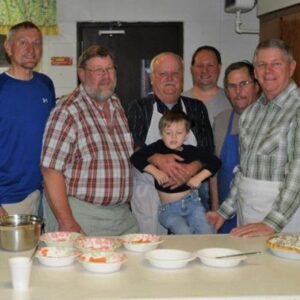 Through the years we have been blessed with good cooks. As I mentioned earlier, I think the first supper was prepared by Uncle Sam and “Short” Ives. The past several years we have been taken care of by Leroy Pinnell, Jim Dulaney, Dayle Kimberlin, David and Dale Schmidt, John and Paul Perkins, and the late Les Ives, Tom Mullen and Doc Halbert.
Through the years we have been blessed with good cooks. As I mentioned earlier, I think the first supper was prepared by Uncle Sam and “Short” Ives. The past several years we have been taken care of by Leroy Pinnell, Jim Dulaney, Dayle Kimberlin, David and Dale Schmidt, John and Paul Perkins, and the late Les Ives, Tom Mullen and Doc Halbert.
Sometime in the 1950’s, between the time the old church burned and the erection of the new one, we had no place to hold the Ground Hog Social. Vernon Palmer graciously opened Spare Rib Inn on the evening of February 2nd to the Ground Hogs for their dinner and annual social. Governor John Dalton was on the program and principal speaker for the meeting.
This is just a skeleton history of the Ground Hog Social as I remember it.


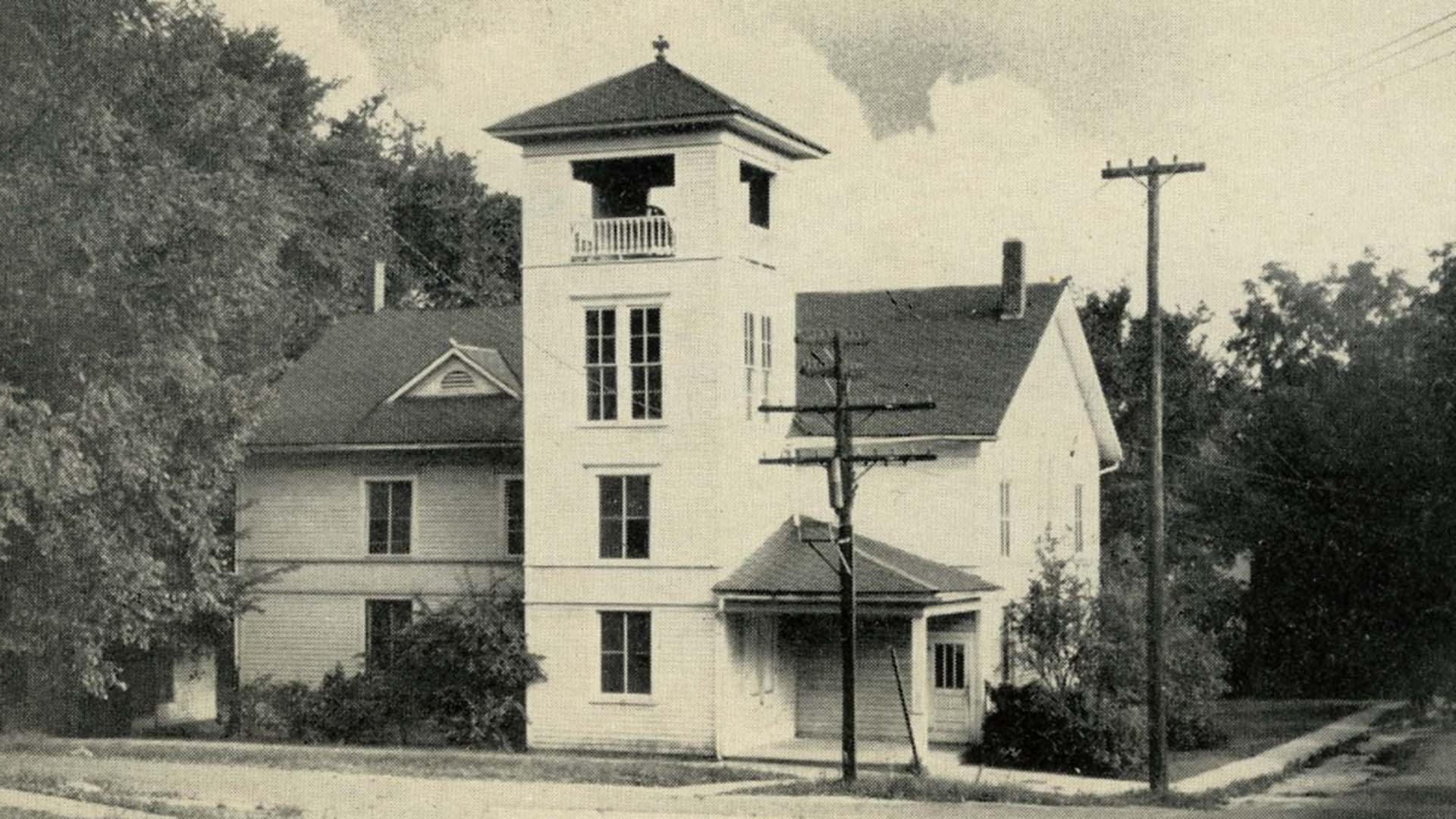
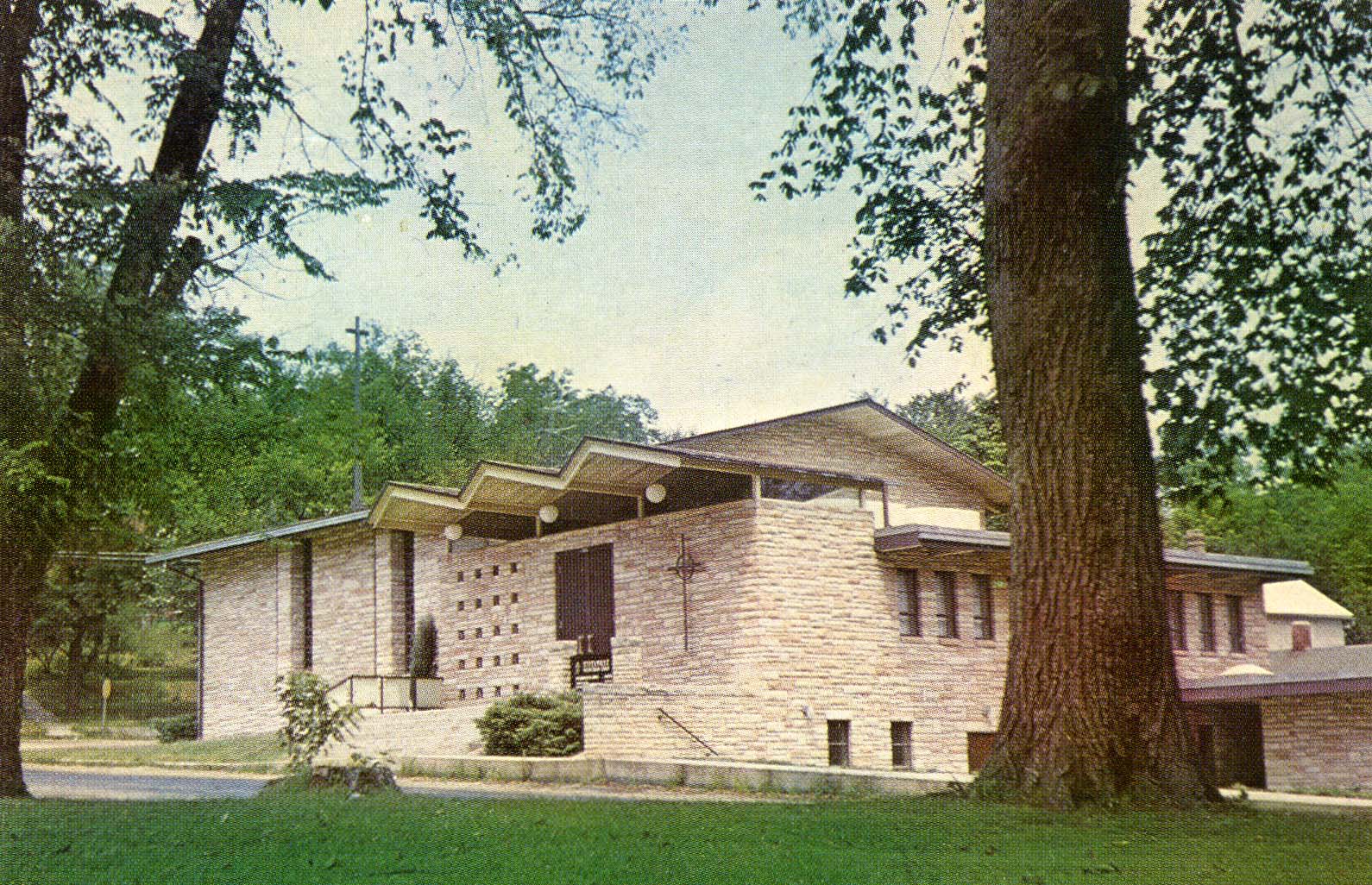
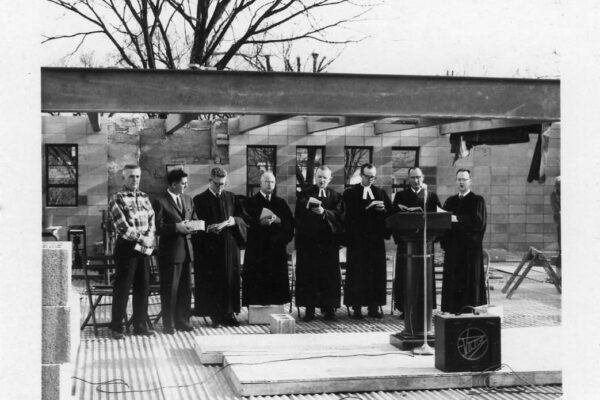
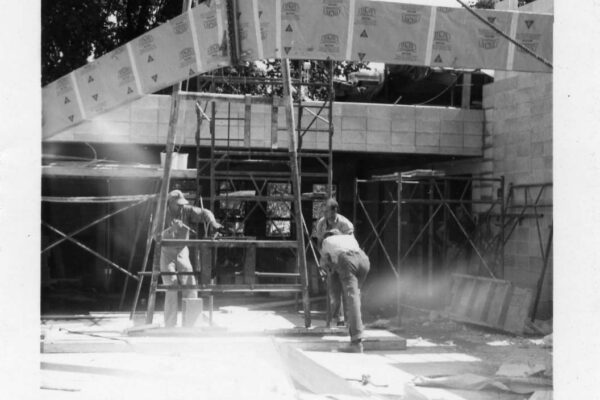
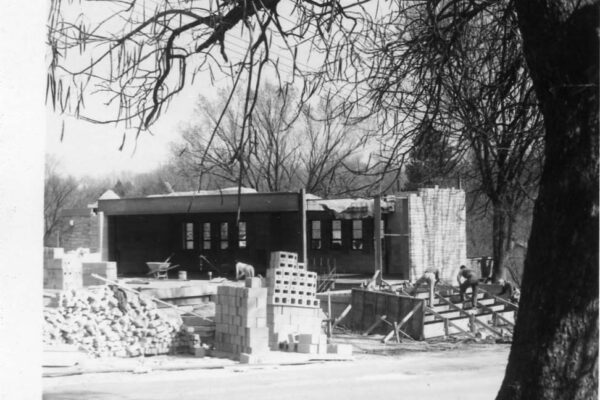
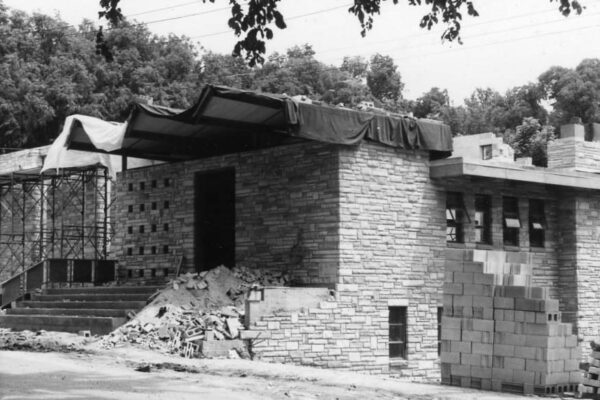
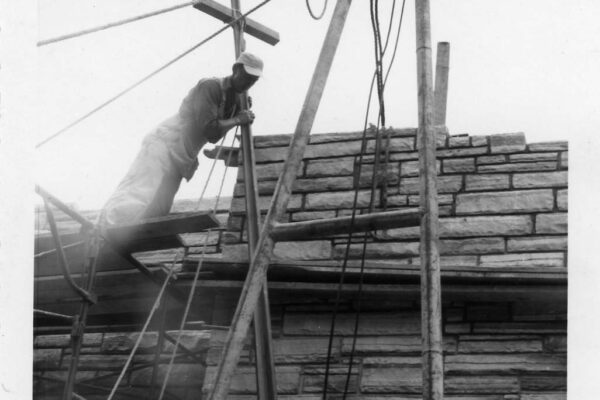
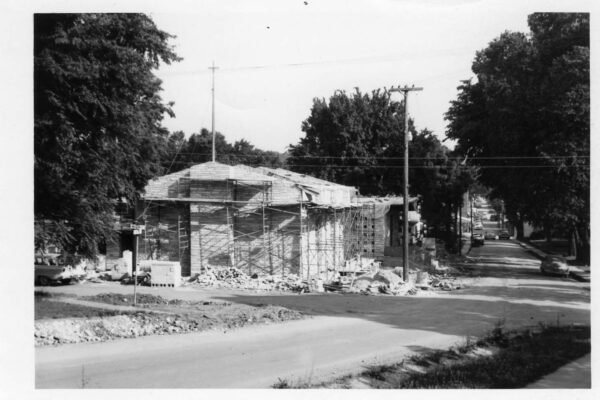
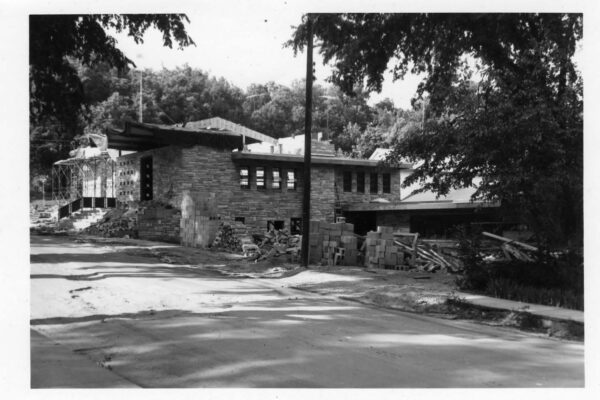
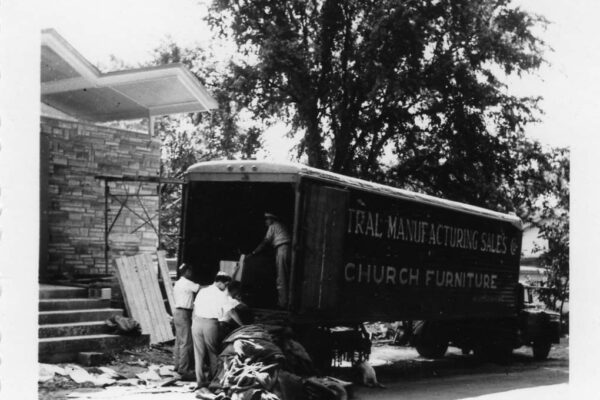
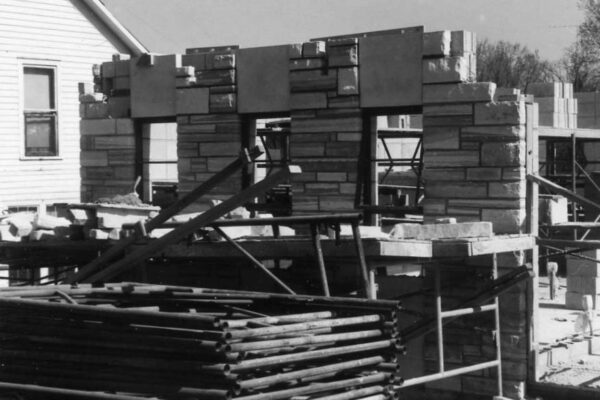
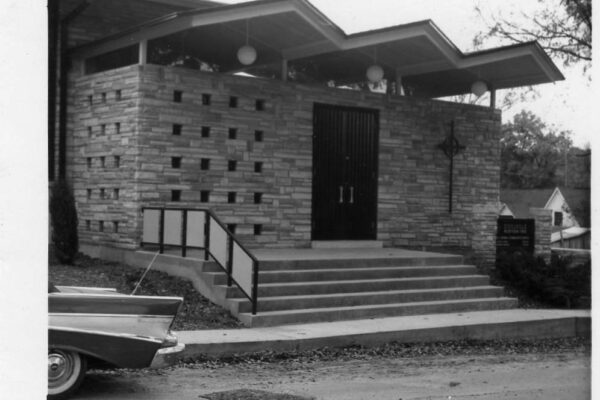
 with the idea of making one under the church, there being no basement at that time. Permission was granted by the Session and members of the class were asked to do the digging. I am unable to remember all the boys who worked on the classroom project. I believe some of the fellows were Stanley Scott, David Bass, Davis Clymer, Tom and Eddie May, Harry Rhineberger, Fritz Peetz, J. T. Wilson, Vernon Palmer, William, Harry and Chub Cook, Bill Volenetz, and your truly “myself”.
with the idea of making one under the church, there being no basement at that time. Permission was granted by the Session and members of the class were asked to do the digging. I am unable to remember all the boys who worked on the classroom project. I believe some of the fellows were Stanley Scott, David Bass, Davis Clymer, Tom and Eddie May, Harry Rhineberger, Fritz Peetz, J. T. Wilson, Vernon Palmer, William, Harry and Chub Cook, Bill Volenetz, and your truly “myself”. Through the years we have been blessed with good cooks. As I mentioned earlier, I think the first supper was prepared by Uncle Sam and “Short” Ives. The past several years we have been taken care of by Leroy Pinnell, Jim Dulaney, Dayle Kimberlin, David and Dale Schmidt, John and Paul Perkins, and the late Les Ives, Tom Mullen and Doc Halbert.
Through the years we have been blessed with good cooks. As I mentioned earlier, I think the first supper was prepared by Uncle Sam and “Short” Ives. The past several years we have been taken care of by Leroy Pinnell, Jim Dulaney, Dayle Kimberlin, David and Dale Schmidt, John and Paul Perkins, and the late Les Ives, Tom Mullen and Doc Halbert.